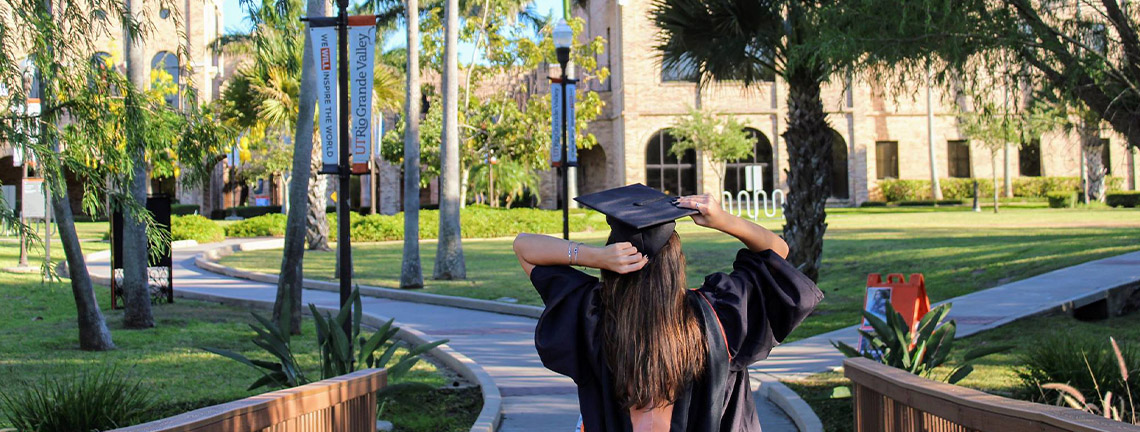
Theses and Dissertations
Date of Award
7-2021
Document Type
Dissertation
Degree Name
Doctor of Education (EdD)
Department
Curriculum & Instruction
First Advisor
Dr. James A. Telese
Second Advisor
Dr. Maria E. Diaz
Third Advisor
Dr. Jair J. Aguilar
Abstract
The purpose for this study was to determine the effect of using online Learning Management Systems with a Blended Learning pedagogy on state assessment achievement of high school biology students with interactions analyzed based on teaching method (Face-to-Face/Blended Learning), course type (Honors/Regular) biological sex (Male/Female), risk factor (At-Risk/Not At-Risk), and socioeconomic status (High/Low). The research questions were: (1) What is the difference in achievement scores between students taught in a Blended Learning environment with a Learning Management System verses a traditional Face-to-Face learning environment, and (2) What differences in achievement exist on the Texas assessment based on teaching method, course type, biological sex, risk factor, and socio-economic background.
This expo-facto study used univariate analysis of variance of data for school years 2016 to 2019 from a predominantly Hispanic rural high school located along the US-Mexico border, as part of a doctoral program with the University of Texas Rio Grande Valley. Data was retrieved from the school district’s secure data management system, TANGO©. Significant differences in scores on the Texas state assessment for biology were identified with course type (P = 0.000), biological sex (P = 0.027) and Risk Factor (P = 0.000). Honors students outperformed regular students (mean scaled scores = 4531/4162), males outperformed females, (mean scaled scores = 4400/4284) and Not At-Risk students outperformed At-Risk students (mean scaled scores = 4489/4182). There was not significant difference found in scores based on teaching method or socioeconomic status. Only a minimal, yet statistically significant difference (P = ) was found in the interaction effect between teaching method and Risk Factor.
At-risk students in this study were the lowest performing group on the Texas biology state assessment. Although there was a significant interaction effect (P = 0.037) between risk factor and teaching method, with a slightly negative effect when at-risk students were in a blended learning class utilizing a learning management system, the practical effect was minimal with low power (0.55) and a low Eta squared (0.005).
Recommended Citation
Burkott, Brent J., "The Impact of Using an Online Learning Management System on Student Biology Achievement in a Hispanic Rural High School" (2021). Theses and Dissertations. 835.
https://scholarworks.utrgv.edu/etd/835


Comments
Copyright 2021 Brent J. Burkott. All Rights Reserved.
https://go.openathens.net/redirector/utrgv.edu?url=https://www.proquest.com/dissertations-theses/impact-using-online-learning-management-system-on/docview/2595486350/se-2?accountid=7119